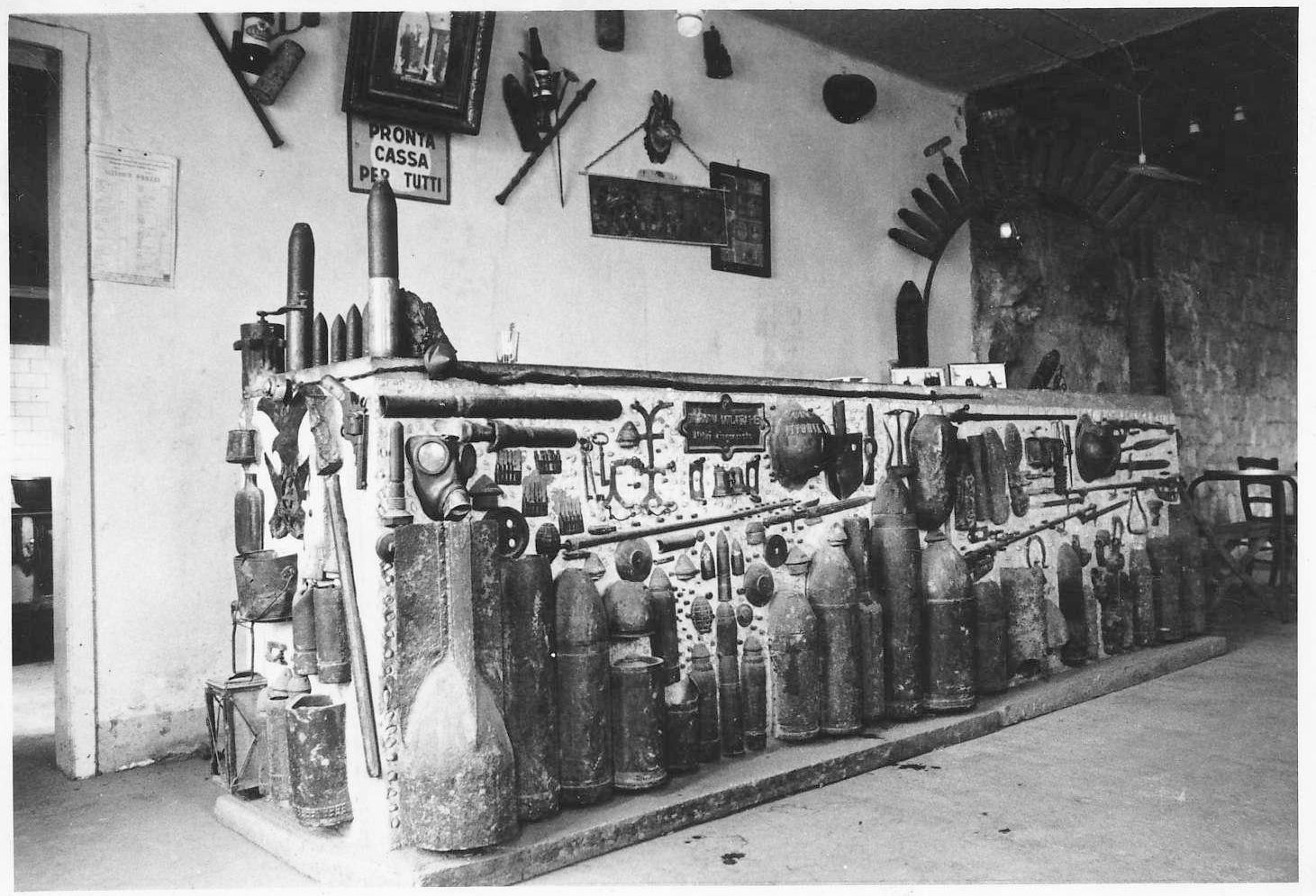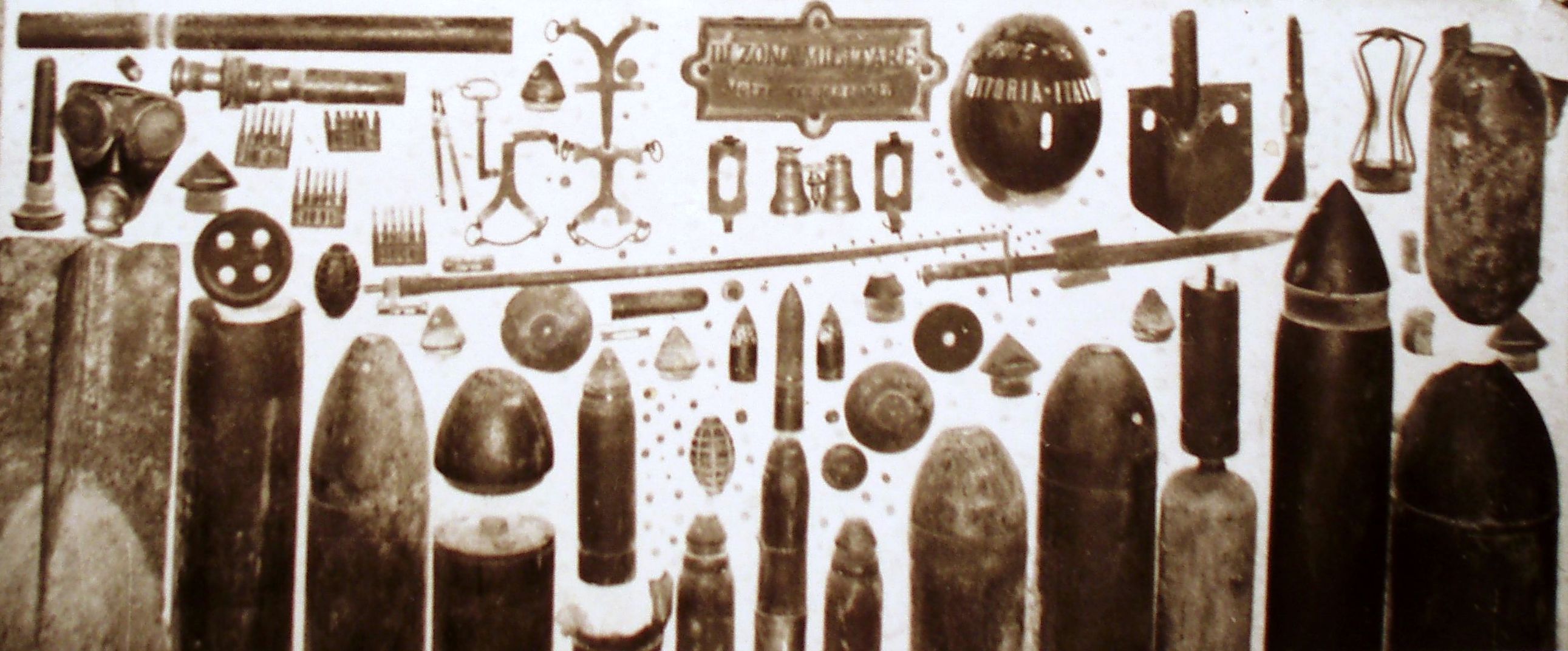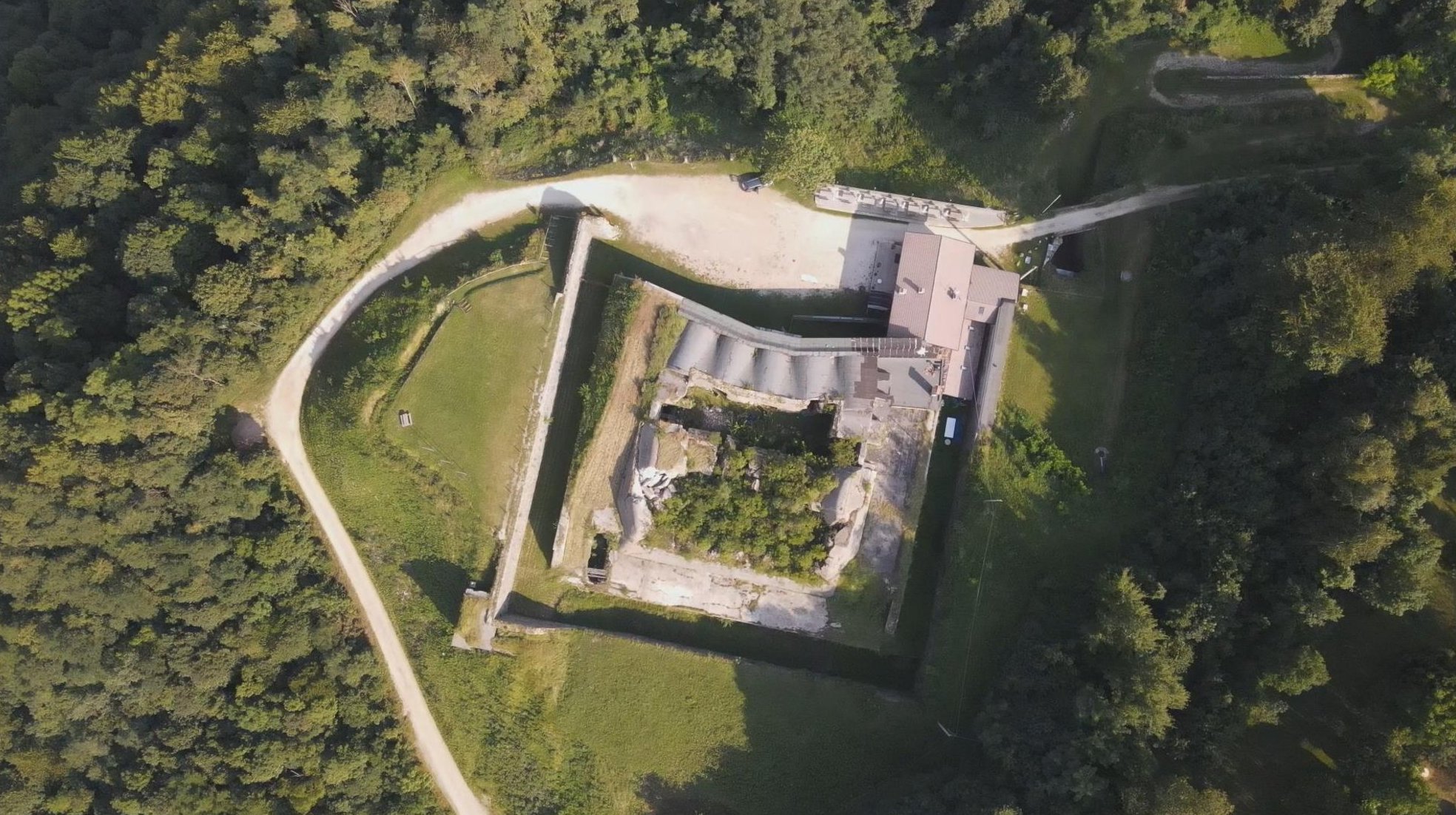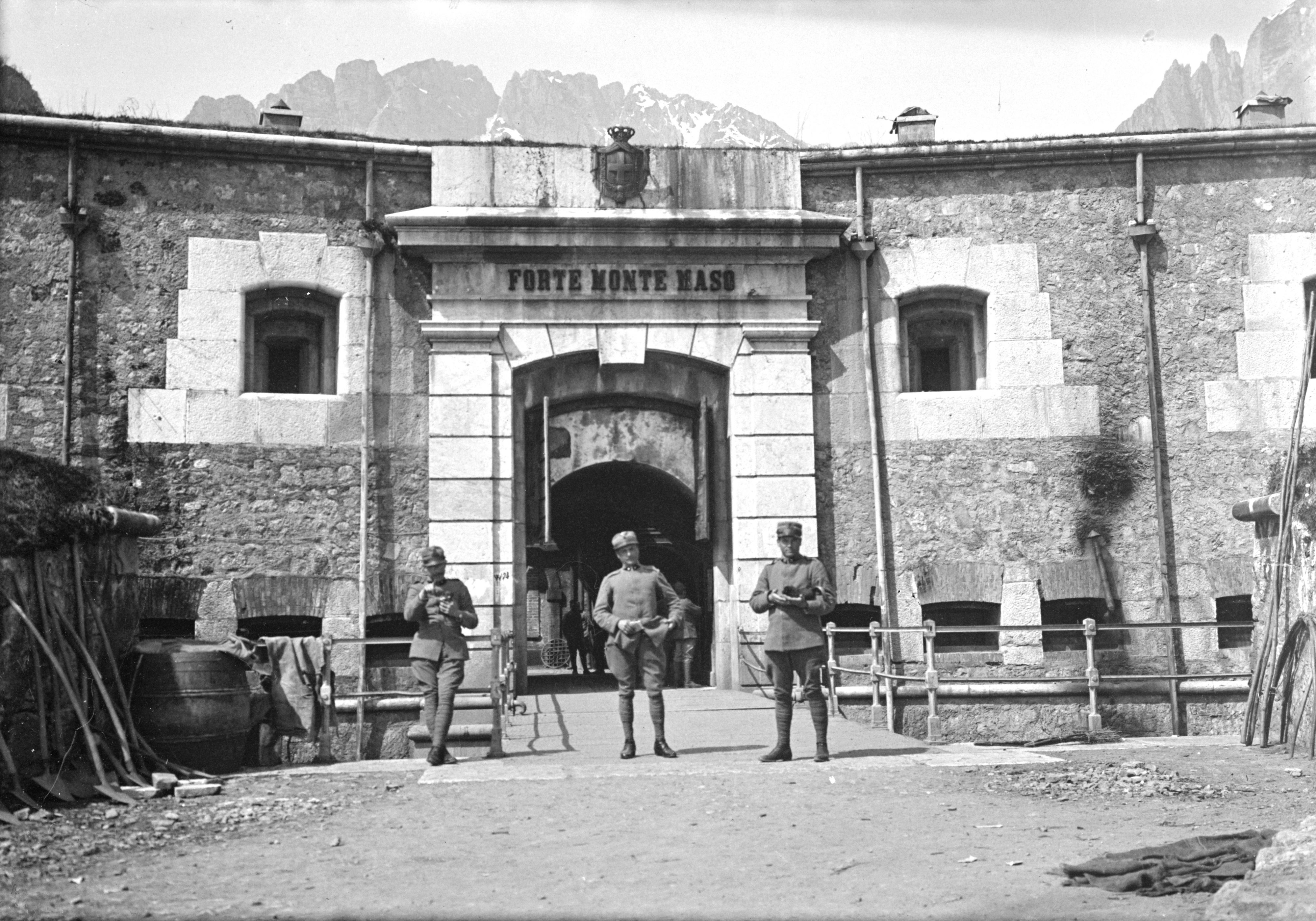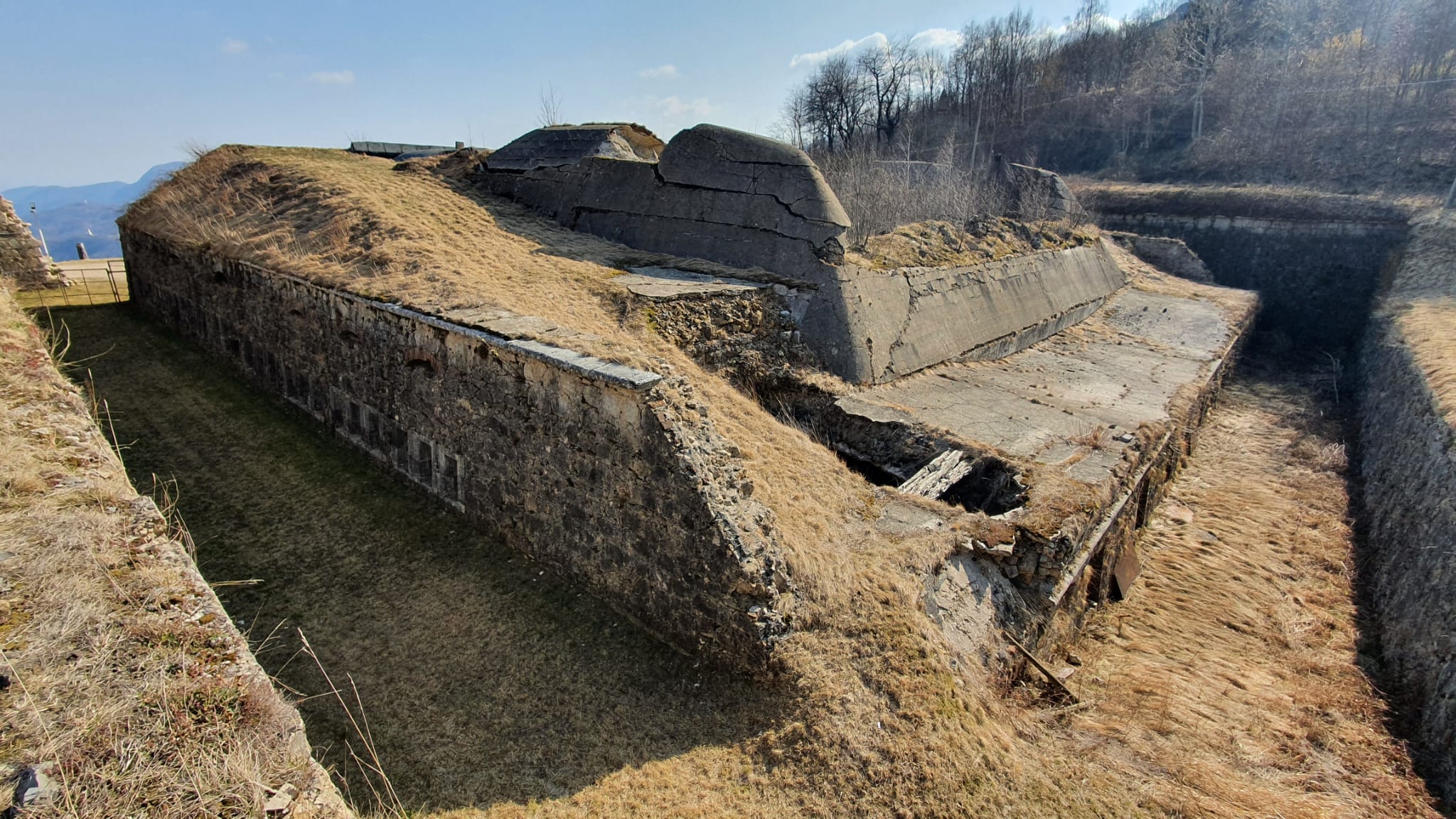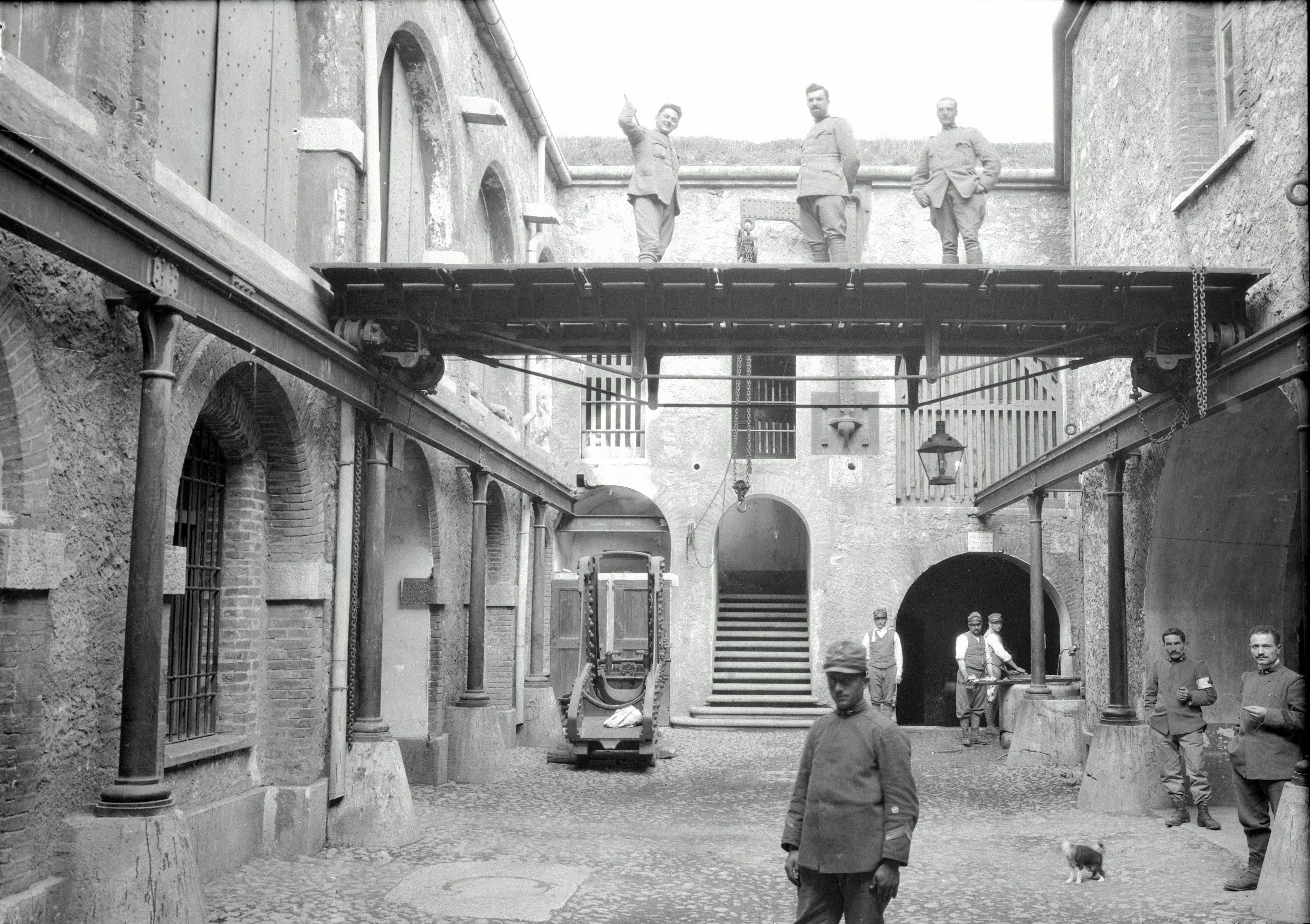back to museums
Forte Maso Museum
Valli del Pasubio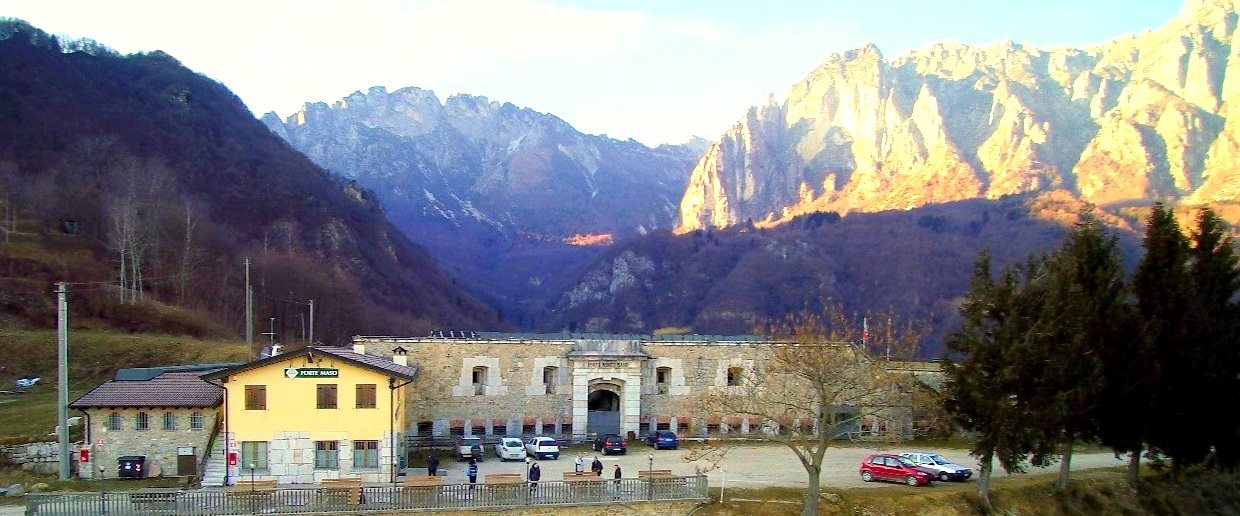
Forte Monte Maso was the first barrage fort built to defend the new state border between the Kingdom of Italy at Pian delle Fugazze and the Austro-Hungarian Empire due to its position at the apex of the Val Leogra valleys on one side and Vallarsa on the other, between the Sengio Alto Group and Monte Pasubio.
It now houses the photographic collection of Commander Camillo Canali, who directed the Fort's wartime operations in 1915 and documents the structure at that time. Commandant Camillo Canali did not hesitate to photograph sensitive targets forbidden by military regulations, and this allows us today to see what Forte Maso looked like in 1915 both outside and inside, the Bariola cut and many areas of the front. The collection consists of over 150 glass photographic plates and is a rarity, having come down to us almost intact.
The visitThe Fort is a significant example of stable military architecture, typical of the system of Italian military structures at the end of the 19th century and can be visited externally on any day of the year.
The visit begins in the former ammunition depot, the largest room in the entire military system, which has eighty rooms and covers an area of 130 square metres. Temporary exhibitions are also held here. The tour continues along the corridor connecting the Fort to the ditch fighting rooms, then continues inside the gorge moat and ends outside in the Fort's forecourt.
Inside the building is the core of the permanent collection dedicated to Commander Camillo Canali, who directed the Fort's wartime operations in 1915. The same room can host conferences for up to 50 people and film projections and is part of the catering area of the business.
The history CloseAfter 1866 and the annexation of the Veneto region to the Kingdom of Italy, the defence of the new border was ensured with the construction of a fort, a ranged combat facility, and a road cutting. So it was that in 1883 construction work began, first providing a military road to access the chosen site. The work was handed over to the military in 1887. As early as 1903, the installation was adapted to the new defence requirements due to the development of artillery. At the end of the First World War, it became private property, mainly interested in reselling the metal mass consisting of six armoured rooms, made of hardened cast iron, based on the Gruson model, on the Pasubio face, significantly damaging the structure.
After this first major stripping, the ownership sold the wooden, erro, brick and stone parts, decreeing the degradation of the fort.
Ten years ago, the new ownership began a long recovery process in order to be able to open almost all the rooms to the public, partly turning them into a museum.
There are plans for an internal connection between the two sectors consisting of a staircase from the upper room that directly connects the moat and the combat area of the moats. This will allow visitors to visit the museum without going outside, especially in rainy weather.
The permanent exhibits in the former ammunition depot are displayed on special mobile stands and can be adjusted according to their size; the average exhibition time is two months. At the moment, specific collections made available by the Vicenza Risorgimento and Resistance Museum, the Fortemaso Association and the Municipality of Vicenza are on display; anyone can apply to the property to request the availability of the room for their own exhibitions.
From mid-May to end-September – Sunday: 9:00-11:30
October to mid-May (closed in November)
Sundays and public holidays: 10:00-12:00
Possibility of paid guided tours on other days by prior arrangement.

